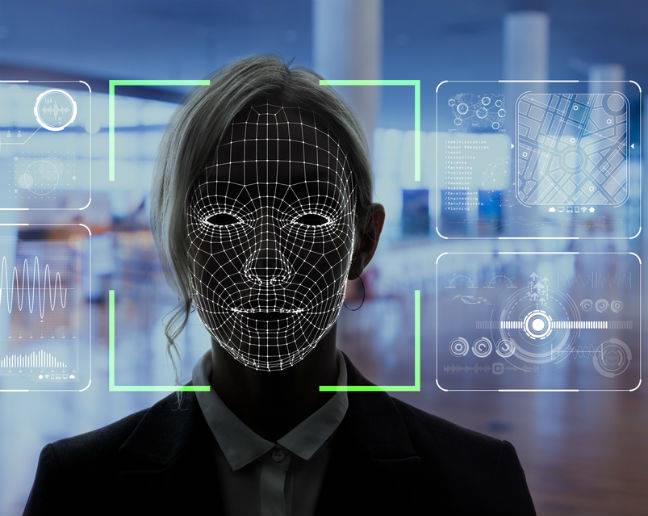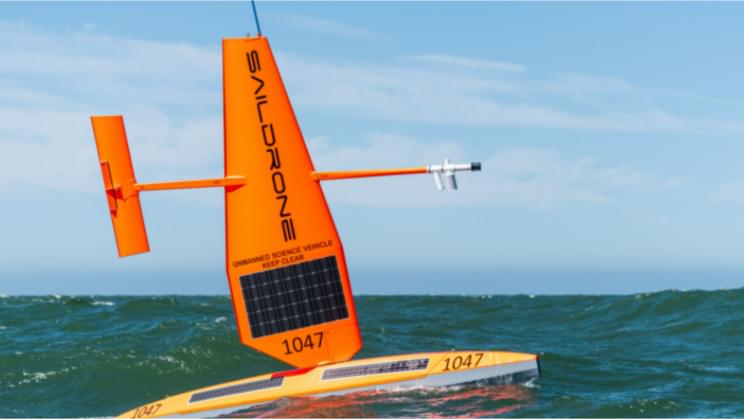Page 5476
Dec 12, 2021
Clearview’s AI facial recog technology set to be patented
Posted by Saúl Morales Rodriguéz in category: robotics/AI
Dec 12, 2021
Discovering Dark Matter: New Clue From Mysterious Clouds Circling Spinning Black Holes
Posted by Dan Breeden in categories: cosmology, physics
Gravitational waves are cosmic ripples in the fabric of space and time that emanate from catastrophic events in space, like collisions of black holes and neutron stars — the collapsed cores of massive supergiant stars. Extremely sensitive gravitational-wave detectors on Earth, like the Advanced LIGO
The Laser Interferometer Gravitational-Wave Observatory (LIGO) is a large-scale physics experiment and observatory supported by the National Science Foundation and operated by Caltech and MIT. It’s designed to detect cosmic gravitational waves and to develop gravitational-wave observations as an astronomical tool. It’s multi-kilometer-scale gravitational wave detectors use laser interferometry to measure the minute ripples in space-time caused by passing gravitational waves. It consists of two widely separated interferometers within the United States—one in Hanford, Washington and the other in Livingston, Louisiana.
Dec 12, 2021
Six Hurricane-Faring Autonomous Drones to Collect Data in Gulf Stream Region
Posted by Gemechu Taye in categories: climatology, drones, robotics/AI, sustainability
The same Saildrones captured the first-ever video from inside a major hurricane from sea level in September.
Six autonomous Saildrones are taking off on a six-month journey to tackle some of Earth’s most challenging ocean conditions, in order to improve climate change and weather forecast computer models, reported CNN.
They will travel to the Gulf Stream throughout the winter months where they will collect data about the process by which oceans absorb carbon (carbon uptake). So far, the numbers on this type of activity have only been estimates produced by statistical methods that cannot, therefore, be relied upon.
Continue reading “Six Hurricane-Faring Autonomous Drones to Collect Data in Gulf Stream Region” »
Dec 12, 2021
Samsung and IBM Could Break the Nanosheet Threshold in Chips With ‘Vertically Stacked Transistors’
Posted by Gemechu Taye in categories: computing, materials
This design can either double the performance of chips or reduce power use by 85%.
In May of 2021, we brought you a breakthrough in semiconductor materials that saw the creation of a chip that could push back the “end” of Moore’s Law and further widen the capability gap between China and U.S.-adjacent efforts in the field of 1-nanometer chips.
The breakthrough was accomplished in a joint effort, involving the Massachusetts Institute of Technology (MIT), National Taiwan University (NTU), and the Taiwan Semiconductor Manufacturing Co (TSMC), which is the world’s largest contract manufacturer of advanced chips. At the core of the breakthrough was a process that employs semi-metal bismuth to allow for the manufacture of semiconductors below the 1-nanometer (nm) level.
Dec 12, 2021
Is Microsoft Launching a New Browser War?
Posted by Gemechu Taye in categories: computing, transportation
Microsoft’s attempts to steer Windows users toward the Edge browser are attracting notice. Can the Third Browser War around the corner?
Users of Microsoft’s Windows 10 and 11 operating systems have recently reported seeing unusual prompts when they attempt to download Google’s Chrome browser to their device, according to The Verge.
If Microsoft is indeed launching a third Browser War, can the mid-1990s be far behind? Men, put on your flat-front chinos or straight-leg jeans, women, put on a mini-skirt and knee socks, pop a disc with “The Macarena” into your car’s sound system, and head for the mall. There, Toy Story or Braveheart is playing, and you can stop by Starbucks for their new frozen Frappuccino.
Continue reading “Is Microsoft Launching a New Browser War?” »
Dec 12, 2021
Can Humans Even Reach 1% the Speed of Light Ever?
Posted by Gemechu Taye in category: transportation
While 1% of anything doesn’t sound like much, with light, that’s still really fast — close to 7 million miles per hour! At 1% the speed of light, it would take a little over a second to get from Los Angeles to New York. This is more than 10,000 times faster than a commercial jet.
Bullets can go 2,600 mph (4,200 km/h), more than three times the speed of sound. The fastest aircraft is NASA’s X3 jet plane 0, with a top speed of 7,000 mph (11,200 km/h). That sounds impressive, but it’s still only 0.001% the speed of light.
Dec 12, 2021
Pitt Scientists who Regrew Retina Cells to Restore Vision in Tiny Fish set their Sights on Humans
Posted by Quinn Sena in category: quantum physics
(PhysOrg.com) — By greatly amplifying one photon from an entangled photon pair, physicists have theoretically shown that human eyes can be used as detectors to observe quantum effects. Usually, detecting quantum phenomena requires sensitive photon detectors or similar technology, keeping the quantum world far removed from our everyday experience. By showing that it’s possible to perform quantum optics experiments with human eyes as detectors, the physicists can bring quantum phenomena closer to the macroscopic level and to everyday life.
Dec 12, 2021
Chip Industry May See Overcapacity in 2023
Posted by Shubham Ghosh Roy in categories: computing, government, mobile phones
“The industry will see normalization and balance by the middle of 2022, with a potential for overcapacity in 2023 as larger scale capacity expansions begin to come online towards the end of 2022,” the research firm predicts.
Indeed, major semiconductor makers—including Intel, TSMC and Samsung—have all boosted investment in expanding chip capacity amid the current shortage. At the same time, the US government wants to spur more domestic chip manufacturing with billions in potential funding.
The big question is which sectors will see the semiconductor supplies improve to the point of overcapacity. Current shortage have ensnared a wide range of products, including PCs, graphics cards, video game consoles, in addition to cars, smartphones, and smart home devices.
Dec 12, 2021
Physicists Explain How Human Eyes Can Detect Quantum Effects
Posted by Shubham Ghosh Roy in category: quantum physics
(PhysOrg.com) — By greatly amplifying one photon from an entangled photon pair, physicists have theoretically shown that human eyes can be used as detectors to observe quantum effects. Usually, detecting quantum phenomena requires sensitive photon detectors or similar technology, keeping the quantum world far removed from our everyday experience. By showing that it’s possible to perform quantum optics experiments with human eyes as detectors, the physicists can bring quantum phenomena closer to the macroscopic level and to everyday life.
The group of physicists is from the University of Geneva, and includes Pavel Sekatski, Nicolas Brunner (also from the University of Bristol), Cyril Branciard, Nicolas Gisin, and Christoph Simon. In their study published in a recent issue of Physical Review Letters, the scientists theoretically show how human eyes can be used to detect a large Bell inequality violation, which proves the existence of quantum entanglement.
As the physicists explain, the key to achieving human-eye detection of quantum effects is to use the process of quantum cloning by stimulated emission. Recently, using quantum cloning, researchers in Rome have experimentally created tens of thousands of clones starting from a single-photon. Then, by amplifying one photon of an entangled pair, the researchers managed to demonstrate entanglement. In order to do this, specific detectors are required, which can distinguish two orthogonal amplified states with a high success rate.


















